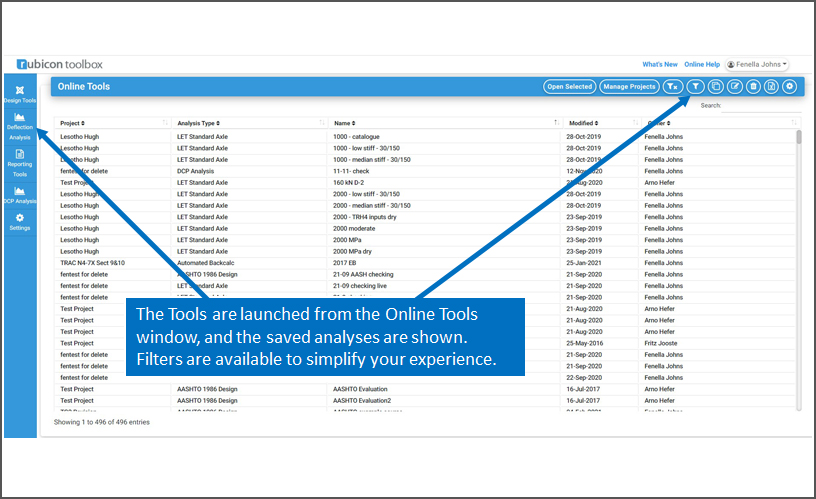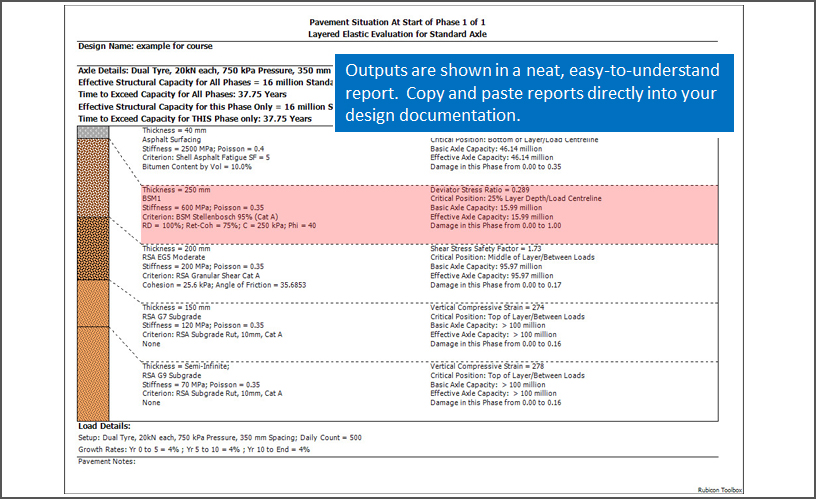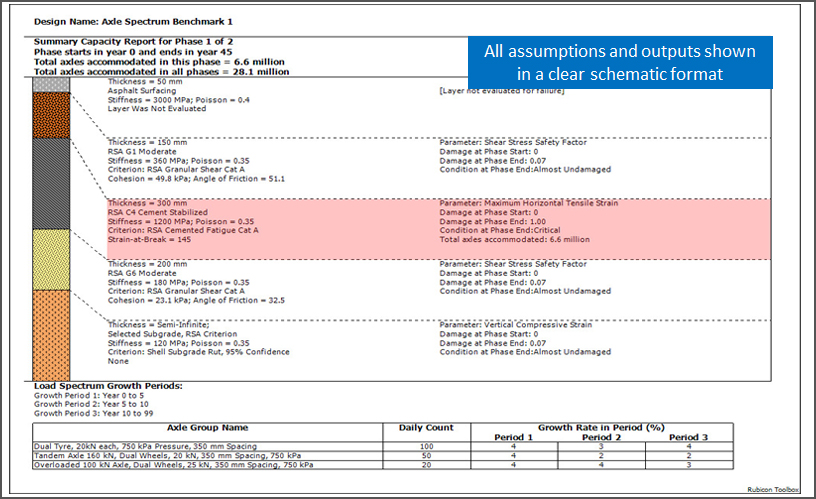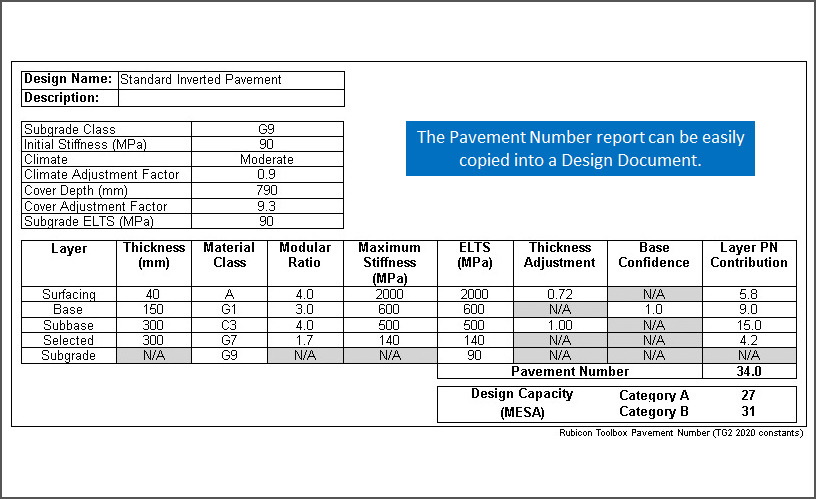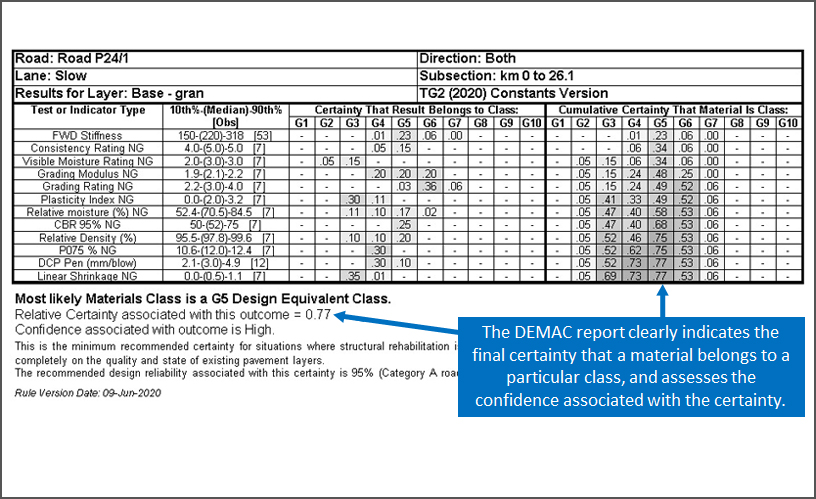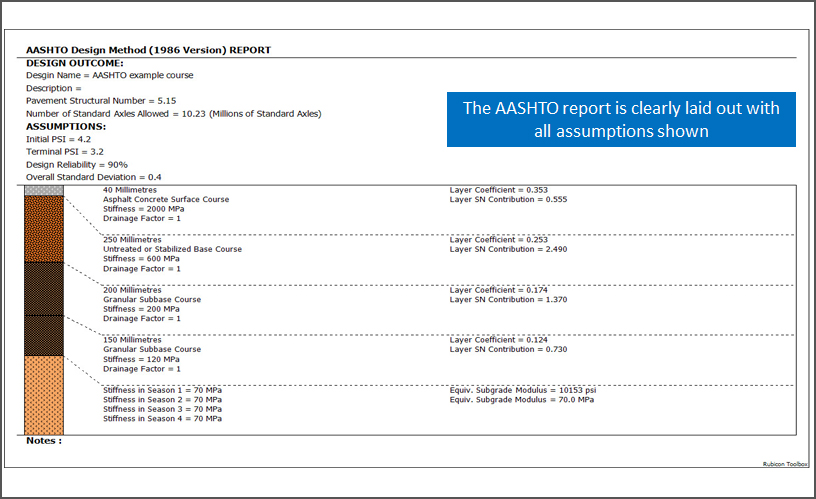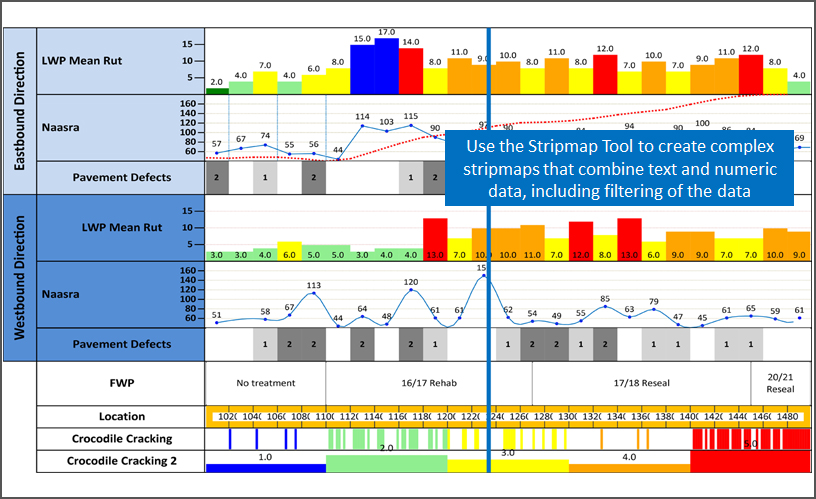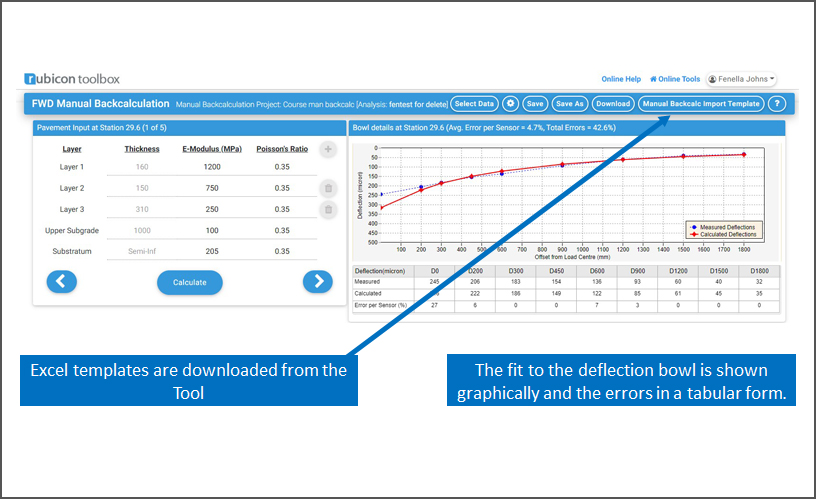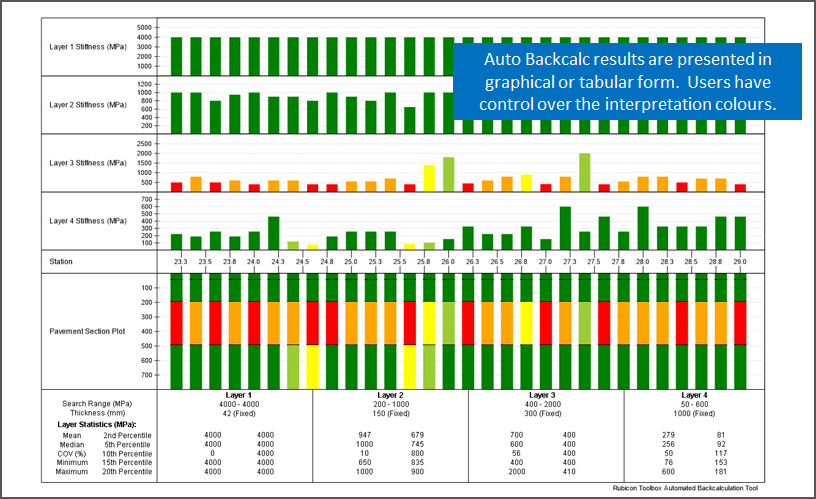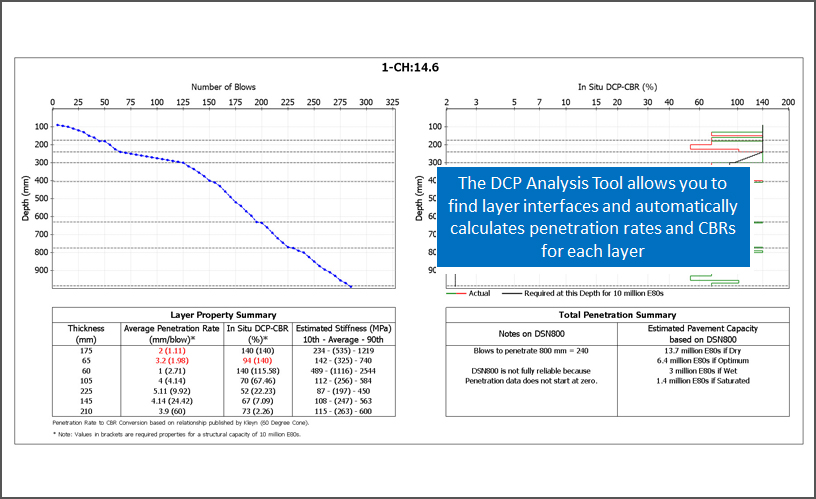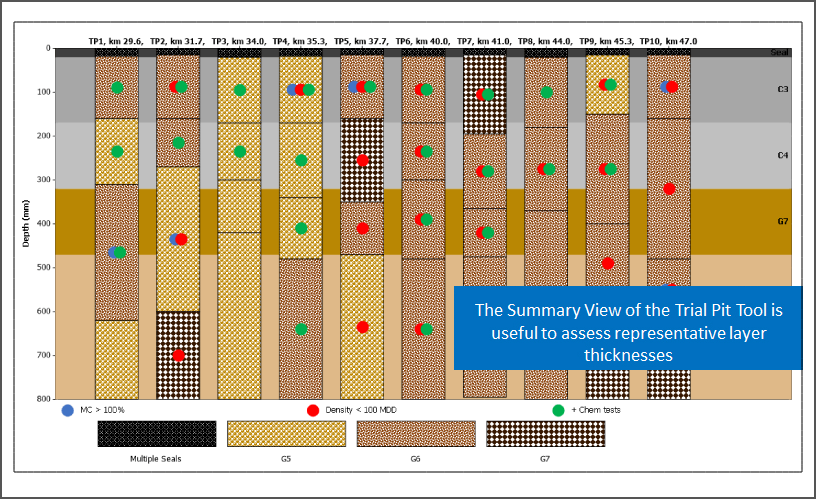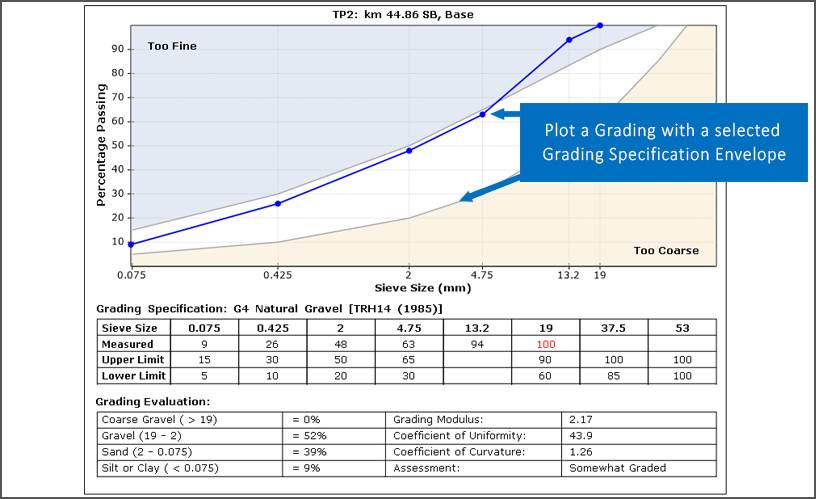Rubicon gives me a great sense of confidence when using it as design software. We benchmark our major pavement designs within an international group of practitioners using a range of software, and Rubicon is seen as the de-facto reference standard. - Dr Stephen Emery (Kubu Australia Pty Ltd)
I use the pavement analysis tools extensively for rehabilitation projects and have yet to come across a scenario that cannot be managed quickly and efficiently with this software, especially when it comes to dealing with load set-ups for something out of the ordinary. - Dave Collings (Member, UCD Technology/Loudon International)
The most wonderful thing about Rubicon Toolbox, as the name suggests, is the holistic approach to Pavement Engineering. A toolbox that allows me to analyse various forms of pavement data, run pavement designs, and present all findings on a single stripmap. The software is simply a dream for a Pavement Engineer. - Tumelo Thothela (Aurecon Group)
Software packages are an essential part of being successful as a consulting engineer. When it comes to road pavement engineering, we at KBK Engineers exclusively make use of the Rubicon Suite of programs to do all our design and assessment work. We have scanned the market and in our opinion one has to look no further. - N.J.J. Jooste (KBK Engineers (Pty) Ltd)
Rubicon has clearly been designed by practitioners who use it in consulting practice. It is very powerful and can rapidly handle multiple sets of input data, but is still easy enough to use. It is oriented to the consulting engineer, with outputs that are clear, great graphics, and excellent for direct use in reports. - Dr Stephen Emery (Kubu Australia Pty Ltd)

